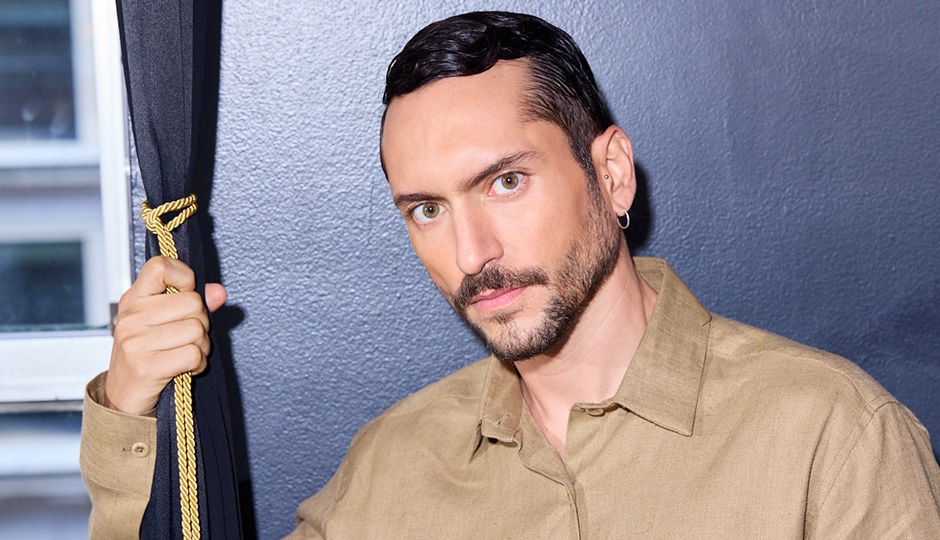For many men, the thought of losing their hair is worrisome. Let's face it. If your dad lost his hair, you may as well. Right? Male pattern hair loss is also known as male pattern baldness. In short, it is the most common cause of hair loss in men. There may be steps you can take to prevent it and you may be able to seek out treatment for men's hair loss to officially overcome it. But, what is it and why does it happen? For those men noticing a bit more scalp peeking through their hair each day, it is important to understand what this is and why it is happening to you.
What Causes Male Pattern Hair Loss?
Generally, this type of hair loss is brought on due to male sex hormones and your genes. In most cases, your hair will begin to recede at the hairline and then it begins to thin around the crown area. This is brought on by your genetic code as well as the hormones circulating in your body. If you have genetic factors of this condition, you are likely to develop it.
In individuals who have male pattern baldness, the cause of the hair loss scientifically is the shrinking of the hair follicle. This is the small shaft where hair grows up from. Over time, the follicle becomes smaller. This creates a shorter and finer amount of hair. Your hair is likely to thin before it actually is lost. Over time, the follicle simply stops growing hair.
Do You Have Male Pattern Hair Loss?
The most common symptom of male pattern hair loss is the thinning of hair. It usually forms a very specific pattern. For most men, this begins with baldness that develops at the hairline. Over time, the hairline moves backwards, further away from the face. Eventually an "M" shape forms in the hairline. And, as the condition worsens, it becomes shorter and finer. For many men, the end result is a "U" shape or a horseshoe shape in receding hair. This generally includes hair around the sides of the head remaining while those along the top and the back to fall out.
What Treatments Are Available for Male Pattern Hair Loss?
First, you do not always need treatment. For men who do not mind the hair loss, there is no medical need to seek out treatment. However, for men that do not want this to happen to their appearance, there may be options to avoiding it. First, the use of hair systems, and in some cases changing a hairstyle, can help to mask the hair loss significantly. These are the least expensive options for caring for male pattern baldness.
In some cases, topical solutions may be helpful. Minoxidil, also known as Rogaine, can help to stimulate the hair follicles, aiding in helping them to grow hair again. This treatment also works to slow any hair loss that has not yet occurred, delaying or stopping the condition from worsening. If you stop taking the medication, your hair loss is likely to continue. Another treatment, called Finasteride is a type of pill that interacts with the testosterone produced in your body, which is linked to hair loss. It helps to slow hair loss, but again, the hair loss continues if you stop taking the medication.
Other treatment options exist. This may include hair transplants. In other cases, men do not need to take any steps at all. How much hair you will lose or when really differs from one person to the next. Generally, genetic factors play the largest role in this process.
We also offer hair loss prevention programs, scalp treatments, and many other solutions.
Contact the hair specialists at Unique Hair Concepts to learn more.






